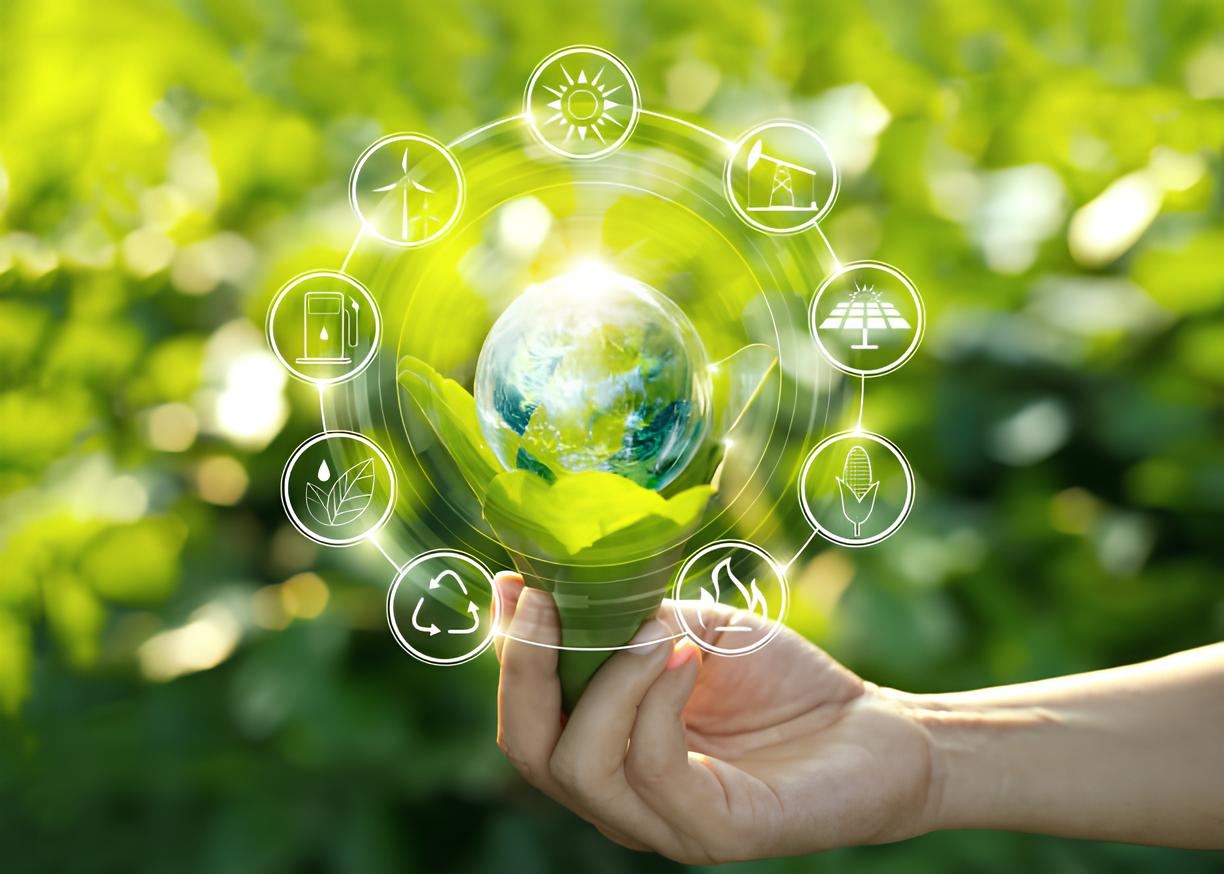The significance of energy conservation and environmental awareness in smart lighting is increasingly evident. With the rise of smart lighting, there's a growing recognition of the impact of energy consumption on the environment. Smart lighting not only offers convenience and comfort but also has the potential to reduce carbon emissions and promote sustainability through effective energy management.
TABLE OF CONTENTS
- Energy-Saving Tips for Smart Lighting
- Environmental Awareness and Sustainability
- Integrating Smart Lighting with Renewable Energy Sources
- Conclusion

Energy-Saving Tips for Smart Lighting
-
Providing practical tips and strategies to reduce energy consumption while using smart
lighting systems:
Providing practical tips and strategies to reduce energy consumption while using smart lighting systems is crucial. Users can consider utilizing smart control features to adjust light brightness and usage time as needed, avoiding unnecessary energy waste. Additionally, by arranging lighting scenes and layouts reasonably, energy consumption can also be effectively reduced, enhancing energy efficiency. -
Discussing the benefits of energy-efficient LED bulbs and smart lighting controls:
Choosing energy-efficient LED bulbs and smart lighting control systems is equally important. LED bulbs not only reduce energy consumption but also have a longer lifespan, reducing the frequency of bulb replacements. Meanwhile, smart lighting control systems can further improve energy utilization efficiency through intelligent adjustment functions, achieving precise control of lights and avoiding unnecessary energy waste -
Highlighting the importance of scheduling and automation features in optimizing energy
usage:
Scheduling and automation features play a crucial role in optimizing energy usage. By setting up reasonable schedules and automation scenarios, users can automatically turn off lights when they are not needed or intelligently adjust light brightness based on time and activity, effectively reducing energy waste and enhancing energy-saving effects
Environmental Awareness and Sustainability
-
Raising awareness about the environmental impact of traditional lighting technologies:
It is crucial to raise awareness about the environmental impact of traditional lighting technologies. Traditional lighting technologies typically consume a significant amount of energy and generate large amounts of carbon dioxide emissions and other pollutants, causing severe environmental impacts. By enhancing awareness of these impacts, people can pay more attention to energy conservation and actively take measures to reduce adverse effects on the environment. -
Exploring how smart lighting contributes to sustainability through energy efficiency and
reduced carbon footprint:
Exploring how smart lighting contributes to sustainability through energy efficiency and reduced carbon footprint is also necessary. Smart lighting systems effectively reduce energy consumption and carbon emissions through energy-efficient bulbs, smart controls, and automation features, making a positive contribution to environmental protection and sustainable development.

Integrating Smart Lighting with Renewable Energy Sources
-
Discussing the potential of integrating smart lighting systems with renewable energy sources
such as solar power:
Discussing the potential of integrating smart lighting systems with renewable energy sources such as solar power is crucial. Renewable energy sources like solar energy are clean and sustainable, and when combined with smart lighting technology, they can provide a reliable energy source for lighting systems, reducing reliance on traditional grids, lowering energy costs, and reducing carbon emissions. -
Highlighting the benefits of combining smart lighting technology with sustainable energy
solutions:
Highlighting the benefits of combining smart lighting technology with sustainable energy solutions is essential. By utilizing renewable energy sources to support smart lighting systems, not only can the dependence on non-renewable energy sources be reduced, but environmental impacts can also be minimized, promoting sustainable development. -
Providing insights into how homeowners and businesses can take advantage of renewable energy
for lighting purposes:
insights into how homeowners and businesses can take advantage of renewable energy for lighting purposes is valuable. Installing equipment such as solar photovoltaic panels can convert solar energy into electricity, providing clean energy for smart lighting systems, thus achieving green and low-carbon lighting systems.
Conclusion
Summarizing the key points discussed regarding energy-saving tips and environmental awareness in smart lighting is essential. Through smart lighting solutions, we can effectively reduce energy consumption, lower carbon emissions, and achieve energy efficiency and environmental protection goals. Encouraging readers to adopt sustainable practices and actively reduce environmental impact through smart lighting solutions is crucial for building a better future together.




Share:
Exploring Smart Lighting for Business: Enhancing Workplace Efficiency and Comfort
Where to Position Landscape Lights for Maximum